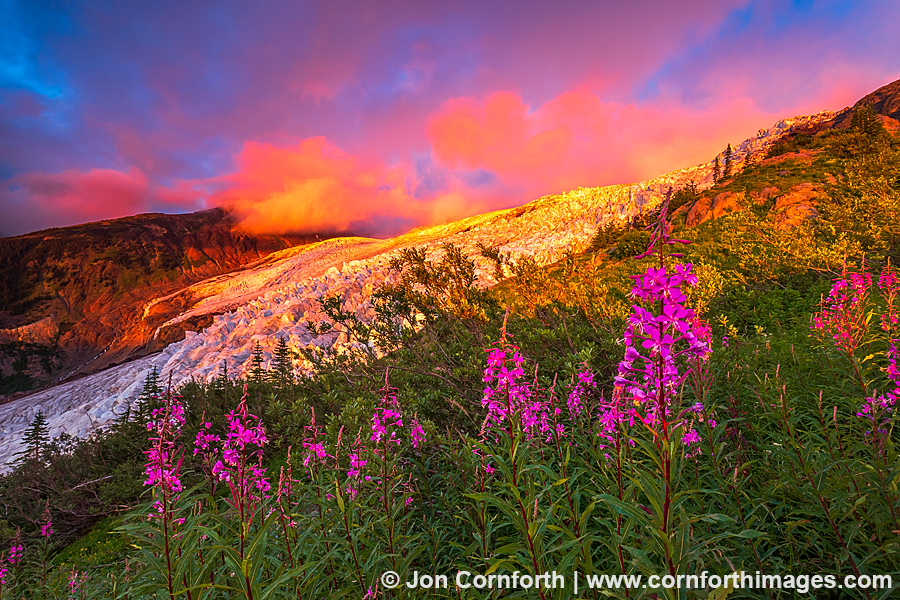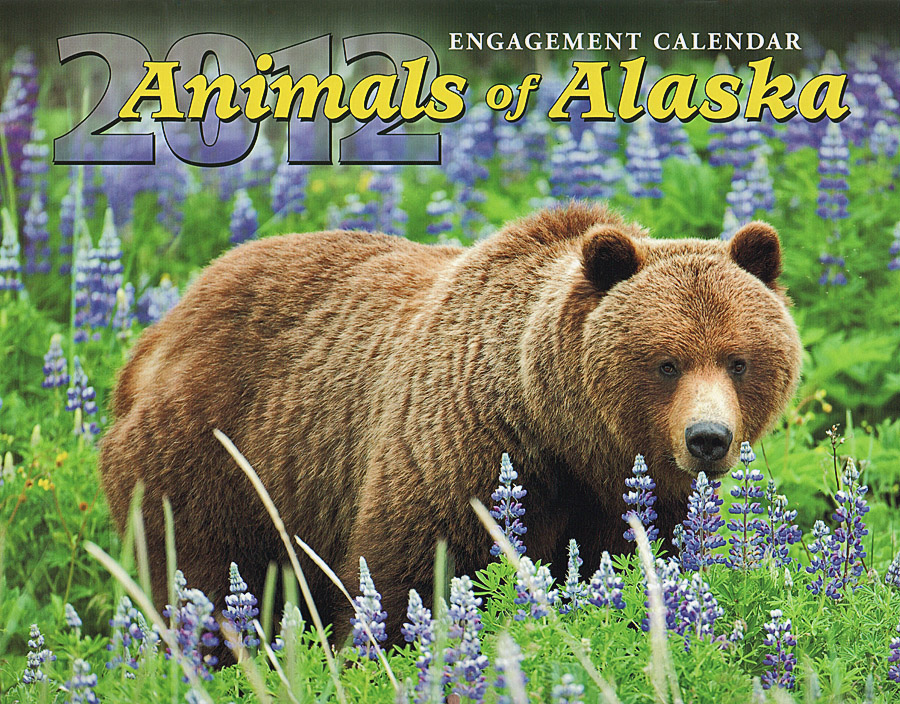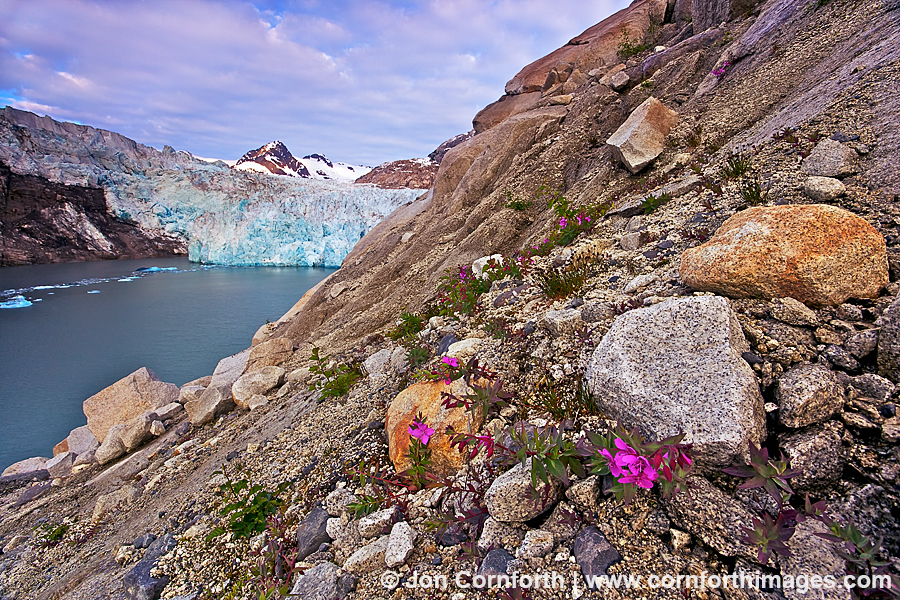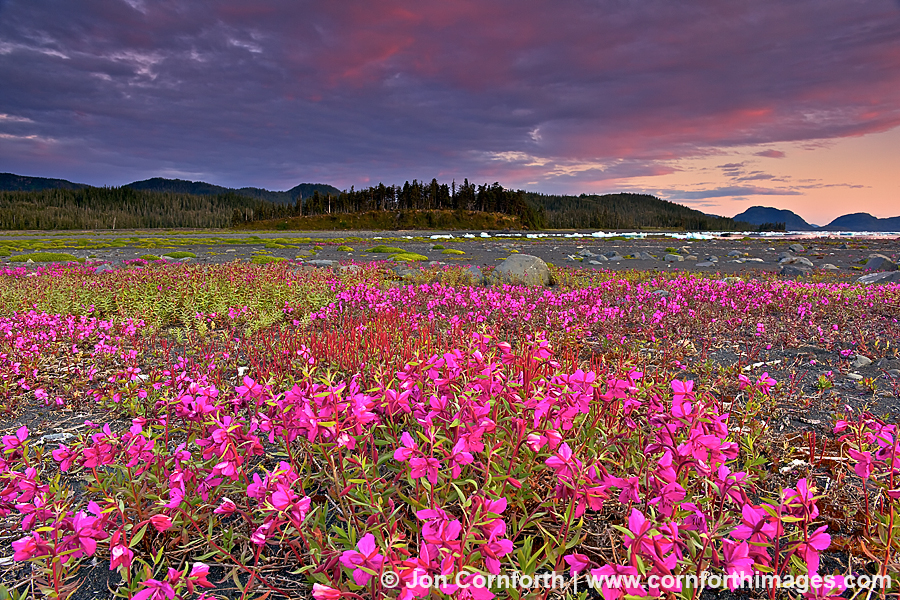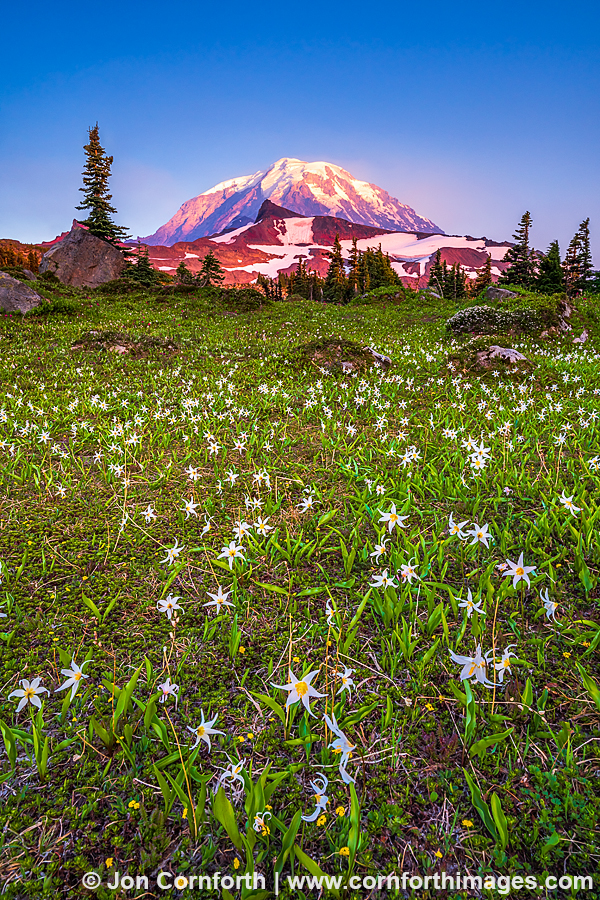
Spray Park Avalanche Lilies 1
Posted onThis summer, I also visited Seattle after flying back and forth to Juneau. I enjoy being back in my old stomping grounds during the increasingly warm summers. Unfortunately, the downside to that nice weather is dry conditions in the Cascades that lead to forest fires and lots of smoke. I eventually pulled myself away from my prolonged SeaFair boating lifestyle to visit Mount Rainier National Park. Stephen Matera invited me to join him on a day trip and we decided to hike up to Spray Park to photograph wildflowers. Neither of us had been up there to shoot for who knows how long, so we thought it would be a great location to revisit. As we hiked up into the alpine meadows, we grew increasingly concerned that something was off. In places where we would normally anticipate seeing lush fields of wildflowers, we saw only brown, dried up plants. We scouted a number of locations and still could not find any significant displays to photograph. We discussed how this time of year should be the peak bloom, but only saw the odd signs of lupine, asters, and paintbrush hiding in the shade of trees. One particular meadow that in previous years had been remarkably productive for photos was just a tangle of nothing. I was resigned to not even take my camera out of my backpack, but kept scrambling around searching for anything to photograph. Eventually, I found this small display of avalanche lilies that made a strong foreground as the sunset illuminated Rainier’s icy summit. I had always wanted to create an image with these typically early season wildflowers and was lucky that there was almost no wind to move them around during my longish exposure.


